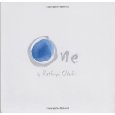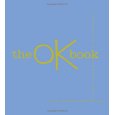In the Core French classroom, building inclusion is a must. Students will only feel comfortable participating in an environment of tolerance, security and where they are not afraid of risk. In this type of atmosphere, creativity flourishes and learning French becomes interactive and a more authentic experience. I usually start with simple short dialogues involving greetings and exchanging information (ex. telephone numbers and emails). What makes the outcome so positive is that students infuse their skits with current expressions and it is simple enough that everyone can be successful.
Getting all levels of students to participate is also facilitated when you have visible prompts for those who need more support. Likewise, I also make sure to always to include and model ideas for level 4 extensions using compound sentences with parce que, mais and alors.
Having read through the book, I found several suggestions which would lend themselves perfectly to encouraging inclusiveness through speaking activities. In particular, I thought I would try Carmen’s “Friend Venns” where kids exchange likes and dislikes. Also Shernett’s “Ten Things About Me” incorporated into inside/outside circles would be the perfect and always welcome kinesthetic activity!




